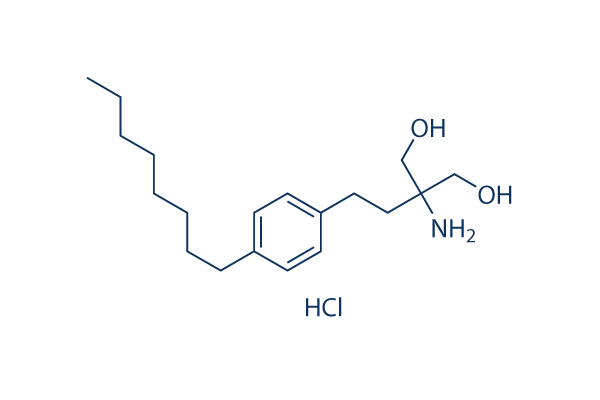Therapy of rat hepatocytes without any induces resis tance to H2O2 induced cell death by induction of your rate limiting antioxidant enzyme, heme oxygenase. Additionally, NO prevents the induction of some ROS induced genes in the course of tissue damage such as early growth response 1, which activates a variety of adhesion molecules and accelerates oxidative tissue injuries. Regulatory events and their alterations rely on the magnitude and duration in the change in ROS or RNS concentration. ROS and RNS ordinarily come about in residing tissues at rather low regular state ranges. The maximize in superoxide or NO production prospects to a short-term imbalance that varieties the basis of redox regulation. The persistent manufacturing of abnormally sizeable quantities of ROS or RNS, nonetheless, may well result in persistent changes in signal transduction and gene expression, which, in flip, may perhaps give rise to pathological circumstances.
three. one Stress and HCC Oxidative anxiety has emerged like a major player in the two selleck chemicals improvement and progression of many pathological con ditions, like HCV and HBV induced liver ailments. ER worry is often a homeostatic mechanism, that regulates cellular metabolic process and protein synthesis in response to perturbations in protein folding and biosynthesis. Reasonable ER strain modulates protein synthesis initia tion and causes a reduction in cell development, whereas excessive or prolonged ER worry leads to apoptosis mediated by the activation with the ER associated caspase 12. Signaling from ER susceptible to tension is closely connected to cell metabolic process and intracellular redox status.
Adjustments in cell metabolism may cause a rise of mutation processes together with stimulation of cell selleckchem PCI-34051 pro liferation and apoptosis. Research of mechanisms of oxidative stress have shown the latter activates signaling cascades, which might critically influence regulation of cell growth and transformation processes and might be involved in pathogenesis of some dis eases associated with oxidative tension. Oxidative strain also activates hepatic stellate cells that signify the main connective tissue cells while in the liver, concerned in formation of extracellular matrix and demanded for regular growth and differentiation of cells in the course of liver damage. In this instance, the stellate cells divide in response to diverse cytokines, development aspects, and chemokines produced by the broken liver.
Chronic activation of stellate cells in response to oxi dative tension induced by viral replication may possibly contri bute to fibrogenesis and boost proliferation of hepatocytes chronically infected with HBV and HCV that, together with activation  of MAP kinases, may perhaps induce HCC. The nuclear transcription component B may be the key strain inducible antiapoptotic transcription aspect. NF B activation is connected with cancer, and it has been uncovered to be strongly activated in lots of types of cancer, such as HCC.
of MAP kinases, may perhaps induce HCC. The nuclear transcription component B may be the key strain inducible antiapoptotic transcription aspect. NF B activation is connected with cancer, and it has been uncovered to be strongly activated in lots of types of cancer, such as HCC.
BCL-2PROTEIN
The over-expression of the anti-apoptotic Bcl-2 protein in lymphocytes
